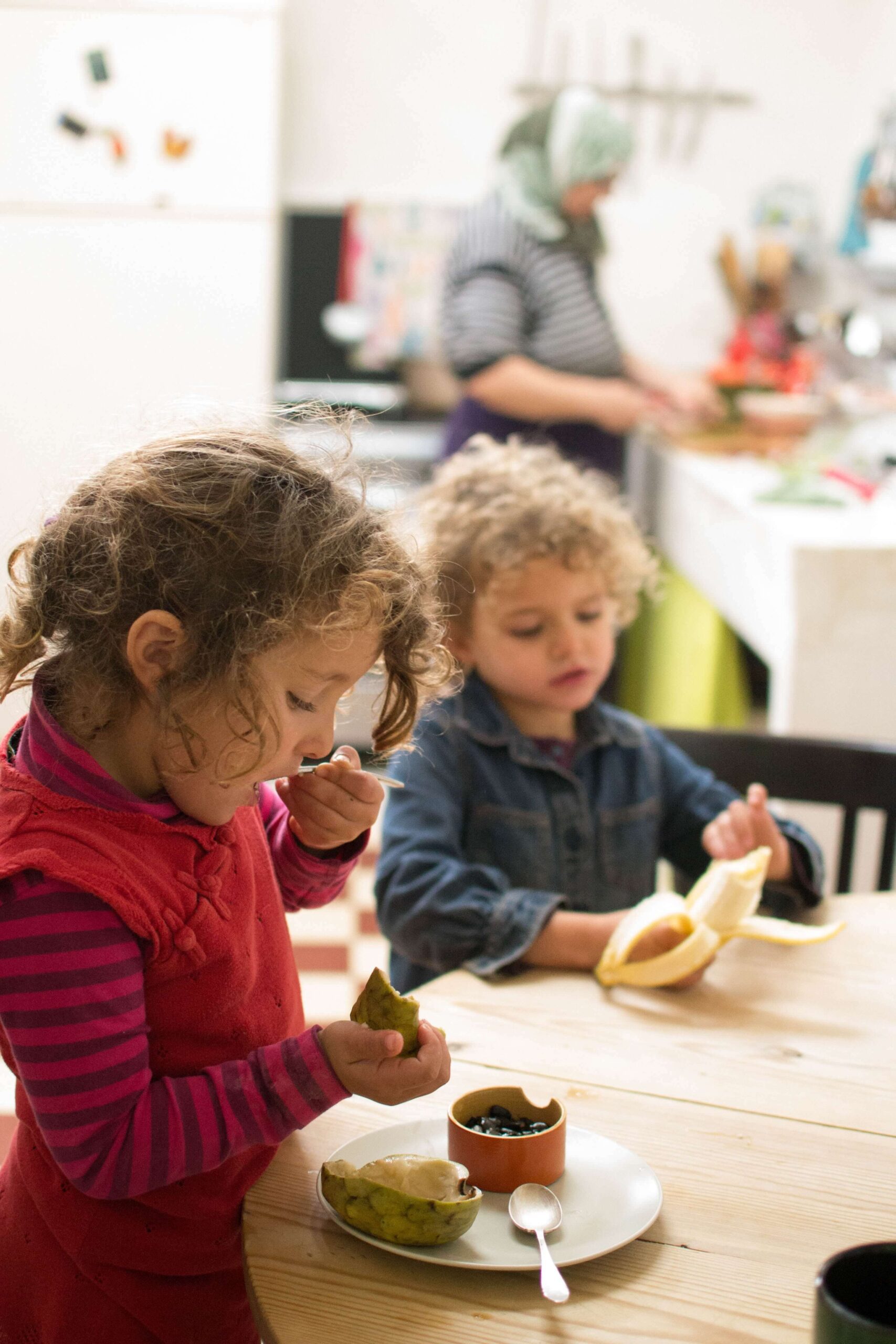This month’s blog post is packed with ways to combine fresh air, exercise and nature, with Maths skills. It is inspired by the NSPCC Number Day, on 2nd February, when many schools and nurseries all over the country take part in Maths-related fundraising for the charity.
https://www.nspcc.org.uk/support-us/charity-fundraising/schools-fundraising-ideas/number-day
Why take Maths outdoors?
For families, outdoor Maths-based activities are a great way to teach new skills and concepts, to reinforce school-based learning and to introduce and practise mathematical vocabulary. They help children to associate Maths with fun, are helpful for family bonding and teamwork and can be pitched to meet the needs of children of different ages. There are the additional benefits of fresh air and exercise and the opportunity to be surrounded by nature, rather than stuck indoors on a screen.
Children in school nurseries spend a lot of time doing child-led and focused activities outdoors, as it’s been recognised to benefit their physical and mental health and it’s good for their education. The importance of learning through play cannot be over estimated and being outdoors means that mess isn’t an issue either. Once children leave Reception, these outdoor learning sessions can often drop right off in most schools, so continuing with outdoor learning as a family, is a great idea.

Maths games to play in your garden or yard
Hopscotch is an old, traditional game, played in various different ways across the world. It’s basic enough for young children to play, but by adding your own variations, you can make it more challenging, to engage older children too. It can be played individually, in just a few minutes, or with larger groups. All you need is a piece of chalk and a small object to throw, such as a coin or beanbag. It’s ease to set up and its versatility, means that it is still popular today, even though it was first invented thousands of years ago.
https://www.parents.com/fun/activities/hopscotch/
Skipping is another traditional game that can be done alone or with others and it can also be used to practise counting skills. Either count in ones, or challenge older children to practise their times tables as they skip, counting in 2s, 5s, 10s or other denominations, depending on their age and ability.
Lots of young children will enjoy playing in a sandpit, with a water tray or in a mud kitchen. You can use containers to introduce the language around volume and capacity.
Painting, playdough and clay can also be taken outside to do on dry days, to reduce indoor mess and these activities can be used to teach and reinforce the concepts of pattern and symmetry.
Set up an obstacle course and use a kitchen timer or stop watch, to see how long it takes for them to complete it.
Maths art
Collect stones, pinecones or leaves, to create mathematical patterns, or even a Fibonacci sequence-inspired masterpiece! If it’s sunny, you can introduce the concept of shadows and help them to measure the length of their shadow at different times of the day. Discuss how the angle and length of shadows change, as the sun moves, reinforcing scientific knowledge and introducing basic geometry concepts in a tangible way.
Maths at the park
Spot 2D and 3D shapes at your local playground, count steps, measure the height of slides, or estimate the amount of time it takes to swing back and forth.

Scavenger hunt
Combine a walk or a hike with a Maths-based scavenger hunt. Count leaves, measure the length of twigs and compare different shaped leaves. Identify natural examples of symmetry in leaves, plants and flowers.
Measure the distance from one place to another, by counting in steps or using more formal methods of measurement. Estimate the height of trees and calculate the age of fallen trees by counting the rings.
Gardening
Measure the depth of soil, count seeds and plant them at regular intervals. Look at seed packets to find out when is best for planting, which also reinforces the vocabulary for months of the year and the seasons. How long will the plants take to grow?

Maths journals
Make a rain gauge and compare the amount of rainfall over a couple of days, using words like ‘less’ and ‘more’. For older children, an indoor Maths activity linked to this, is to make a graph to show how it varies and to calculate the average rainfall over a given period of time.
Following on from last month’s Big Garden Birdwatch, keep a bird count of birds that land in your garden. Use a tally chart, a graph, or both, to record the information.
Creating a balance between fun and learning is key. If your child is having fun, they will engage with the learning, ask questions and want to do more, without it feeling like a lesson, a chore, or an extension of school. In this way, your child will also be naturally increasing their vocabulary. Children from families who engage in learning through play, days out and family activities, tend to arrive at school with a larger vocabulary and a desire to learn more.
References
Twinkl, ‘10 ways to practise Maths in the garden’
https://www.twinkl.co.uk/blog/10-ways-to-practise-maths-in-the-garden
Early Impact, ‘Outdoor Math Games – 50 Ideas That Really Work’
https://earlyimpactlearning.com/outdoor-maths-games-50-ideas-that-really-work/
Parents, ‘How to play hopscotch with your kids’
https://www.parents.com/fun/activities/hopscotch/
NSPCC, ‘Number Day 2024’
https://www.nspcc.org.uk/support-us/charity-fundraising/schools-fundraising-ideas/number-day


